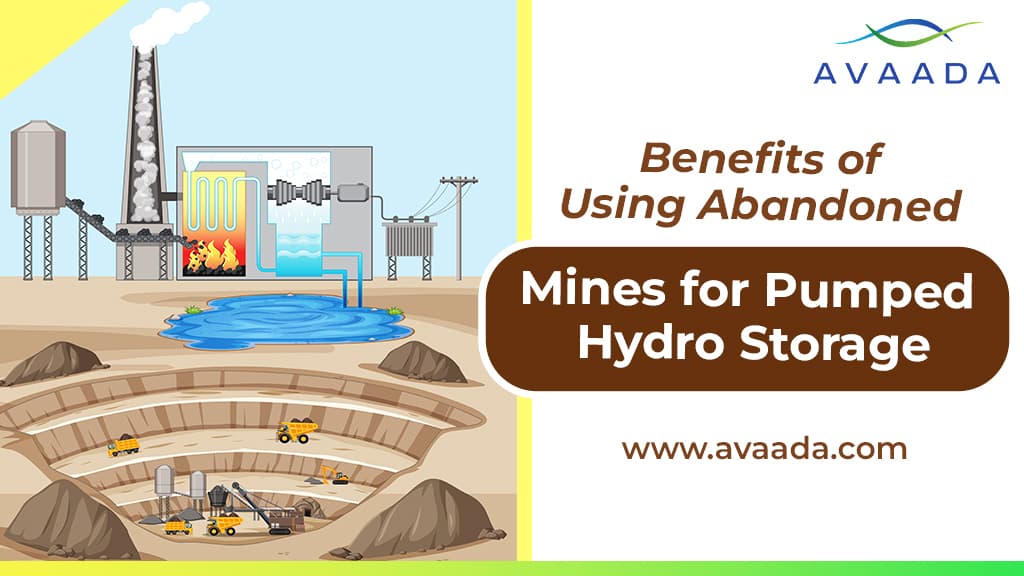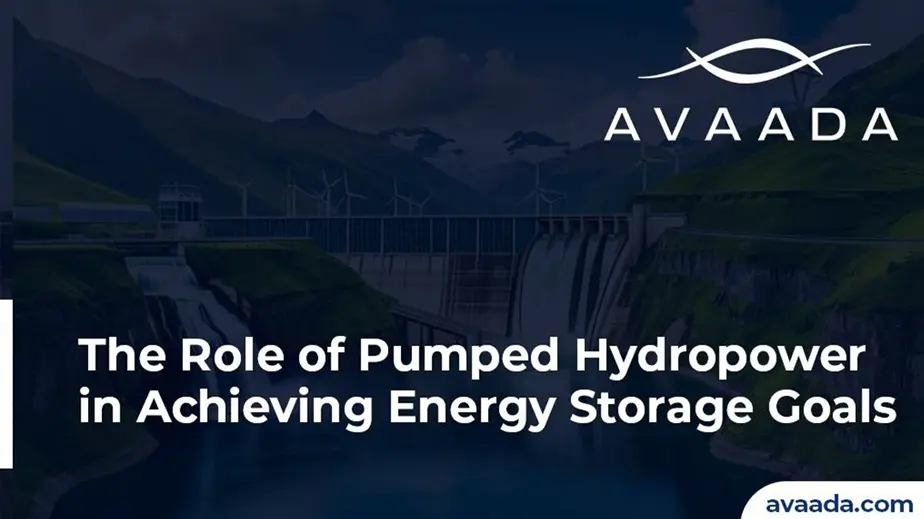Pumped hydro storage is one of the key technologies in a quest for a sustainable energy solution. It is basically the management and storage of renewable energy. This technology will make use of excess energy to pump water to an elevated reservoir and release it when needed to generate electricity to balance supply and demand in energy release.
On the other hand, conventional pumped hydro projects involve high and intensive land and environmental resource usage. However, an alternative solution to this problem is to harness abandoned mines for pumped hydro.
This method uses existing infrastructure; it minimizes environmental costs, and economic opportunities abound. In this blog, we will talk about the benefits of using abandoned mines for pumped hydro in detail.
1. Efficient Use of Existing Infrastructure
Abandoned mines already have deep shafts and tunnel means, which can be rather easily converted into reservoirs. This obliterates the requirement of a large-scale excavation or construction; hence, the development is quicker and cheaper. What was a liability to society until now could instead become an important energy asset.
2. Lower Environmental Impact
Traditional pumped hydro storage typically has to utilize very massive reservoirs, which often comprise flooding of natural valleys or damming rivers. That would likely create a lengthy high-level list of environmental impacts with habitat destruction and ecosystem modification and sometimes even water quality impacts.
Fortunately, abandoned mines are very minimal in all of these. Since the mines have already been excavated, earthworks on this massive scale are not needed. This could significantly reduce the ecological footprint of energy storage projects.
Additionally, many former mines possess extensive subsurface cavities that would, by their nature, form natural reservoirs without presenting any danger to the environment. Water storage in such underground space would avoid further disruption to landscaping as well as avoid catching and displacement of communities near those sites.
3. Low-Cost Solution
Pumped hydro storage could be an economic alternative to conventional projects by using abandoned mines. In fact, much of the infrastructure already exists so it will cost less to alter that to make energy storage of pumped hydro. Much savings can be had in excavation, land acquisition, and time-consuming regulatory approvals.
Moreover, many abandoned mines happen to be located close to current power grids, which minimizes the additional cost of connection to the grid and the transmission infrastructure. It can also boost the performance of the energy storage system, as less energy would be lost in its transmission.
4. Improving Grid Reliability and Stability
Pumped Hydro Storage is a very established technology, ensuring grid stability and allowing excess energy to be stored to be delivered when demand peaks. The use of abandoned mines may also prove to hold future promise for stabilizing the grid further in regions with strong penetration by wind and solar energy. These are variably available by nature, and PHS becomes indispensable for smoothening variations in supply.
Storage places could also be made by converting abandoned mines into a decentralized system of storage places. The grid resilience will become more powerful, that is, it shall be more resilient to interruptions and outages.
In places in high areas with abandoned mines, this method of converting into a distributed energy storage system can further improve the stability of the grid.
5. Economic Revitalization of Mining Communities
The decline in mining activity places most communities at economic risk, as abandoned mines become environmental and safety hazards. Rejuvenation of such mines through pumped hydro storage could bring much-needed rejuvenation to the surrounding areas since they can be a source of employment or improve economic activities.
The building, operation, and maintenance of a PHS facility may create employment while the influx of investments could boost local economies.
Furthermore, as the abandoned mining areas are converted into green power centers, the concept of sustainable development becomes relevant in the current global development direction. To become forerunners in the clean energy sector or resource, additional investments in former mining areas will be attracted, thus enhancing their economic development in the long term.
Learn more about how Battery Energy Storage Systems works
6. Future Prospects of Energy Storage Solutions
Abandoned mines with their deep shafts and vast underground networks offer long-term energy storage potential. Since traditional PHS systems are more built for a short-term energy storage need, the deep mine pumped hydro storage can provide energy for longer periods, and thus, this may prove very useful for balancing seasonal variations of energy supply as well as demand. This makes abandoned mines a great asset for future energy storage needs as we move on to a more independent renewable energy grid.
Conclusion
The potential to harness abandoned mines as a location for pumped hydro storage provides an unprecedented opportunity to harness existing infrastructure in pursuit of renewable sources of energy.
Site repurposing would reduce environmental impact, save money, stabilize the power grid, and renew old mining towns, among many other benefits. Renewable energy sources need innovative practical solutions to their particular problems. Within the scope of increasing demand for energy storage, repurposing abandoned mines for pumped hydro storage is perhaps one of the smartest things to do.









